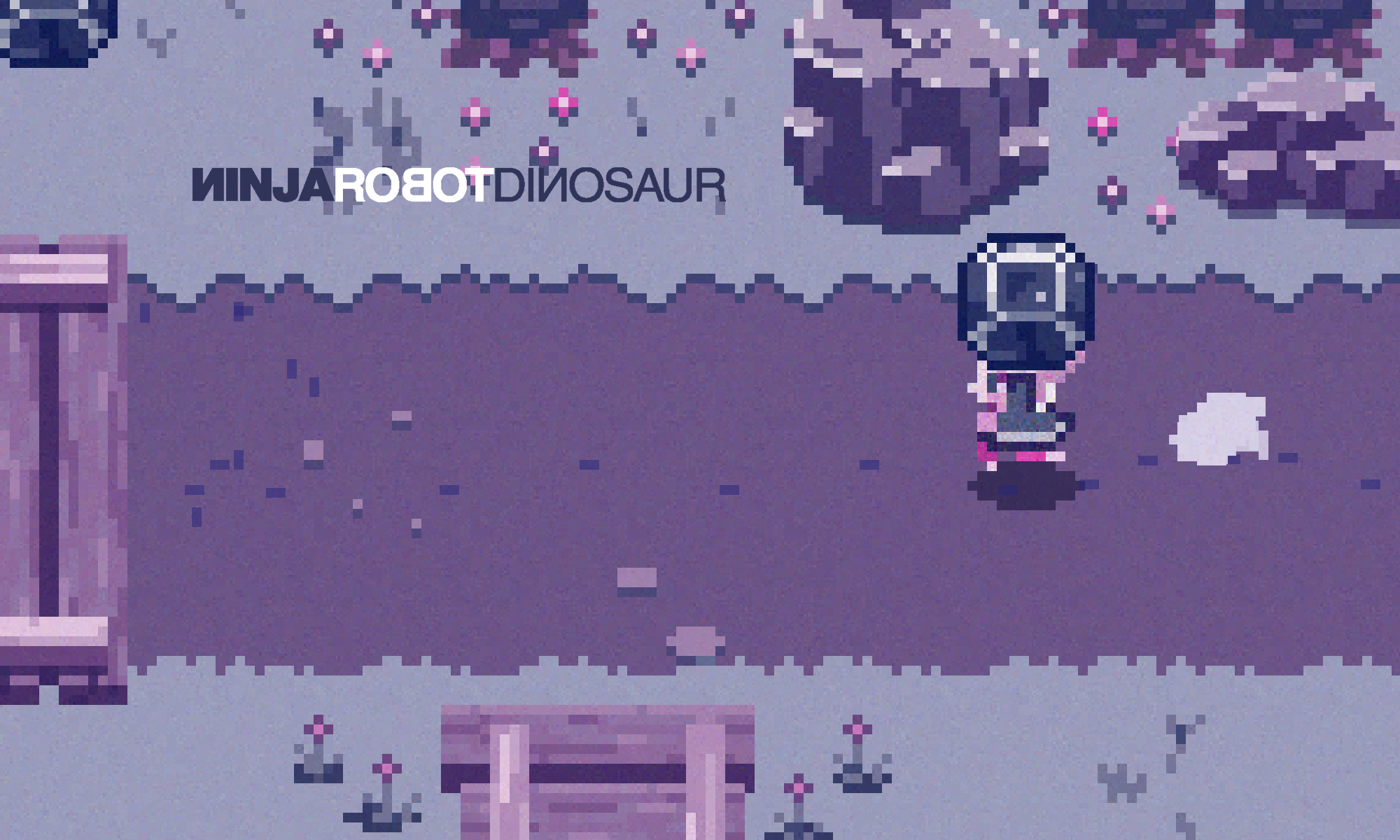The the most common question I get after “You’re doing WHAT?” about why I’m making Flash games is ‘Can you make money doing that?’, or even funnier is when a hippie artist type asks me ‘How are you monetizing your content?’
In the traditional games industry, we are so tied to the business model of “Putting a game on a box on a shelf” that the simple idea that money can be made from games in any other way is completely outlandish. The real “radicals” in the traditional industry are doing ‘digital download’ on XBLA and WiiWare.
But the times, they are a changing. And I love free stuff and I believe that the future of entertainment media is that everything we create will ultimately be available for free in some way, shape or form.
Free: The Future of a Radical Price
While I was on the free bandwagon long before Chris Anderson released his book Free, Anderson helped me cement my ideas and gave me the courage to move forward with my dream of being an indie developer.
I believe that the future of digital media is free. I make digital media for a living and also like having a roof over my head and food in my belly. WIth all of this considered, I decided it was time for a change of tactics in how I approach the business of video games.
I asked my self (and continue to ask myself): What can a game developer do to make a living if their games are free?
Flash and the web are wonderful and fantastic in this regard and in this article I’m going to dip my toes into a few different ways a free Flash game can make money.
Continue reading “Flash Tactics #2 – Making money from a free Flash game”

